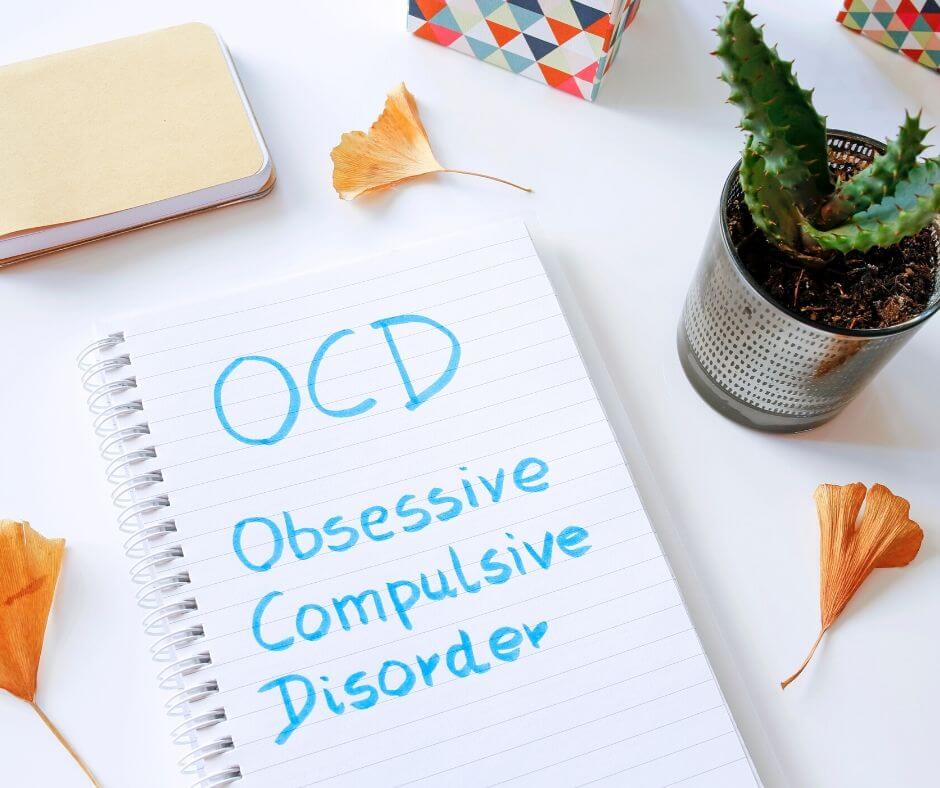Checking.
Counting.
Handwashing.
Turning lights on and off.
Locking and unlocking a door.
These are the behaviors and images that are conjured up when people think about Obsessive Compulsive Disorder (OCD). However, while exhibiting these behaviors may make it easier to identify OCD, there are a variety of signs and symptoms people are not typically aware of.
What is OCD?
The diagnostic criteria for OCD very simply include two things: obsessions and compulsions. A person with OCD can have only obsessions or only compulsions, but most often experience both.
Symptoms typically start to appear in adolescence and young adulthood. About 1 in 200 youth struggle with OCD. However, about 15% of individuals report the onset to be after age 35.
Obsessions
Obsessions are recurrent and persistent thoughts, urges, and/or images that are distressing or intrusive in nature and cause the individual anxiety and distress. The individual also must attempt to suppress these thoughts by performing a certain physical or mental action. The action that is performed to help relieve the anxiety triggered by the obsession is called a compulsion.
Compulsion
In order to identify a certain behavior as a compulsion, it has to be senseless and/or excessive. Compulsions can be physical or mental. For example, counting would be considered a “senseless” mental compulsion. It is done in the individual’s mind and doesn’t actually serve to accomplish or prevent anything. Hand-washing on the other hand has been shown to prevent the spread of illness. However, washing your hands 4 times an hour while quarantined at home is more likely to cause dysfunction than prevent illness. Therefore, this would be considered an “excessive” physical compulsion.
Compulsions can be quite simple, such as reciting a single affirmative word or phrase to fend off an obsessive thought (frequently a bad thing that will happen). However, especially if left untreated, they can become unbelievably complex. In the case of hand-washing compulsions, rituals can evolve from a 1-minute standard wash to a lengthy and elaborate sterilization process with several types of soap, brushes, etc. Simple and complex compulsions alike can take up hours of time every day.
Why OCD is Often Misdiagnosed

Indeed, people with OCD, on average, have to see three to four doctors and spend 9 years seeking treatment before they receive a correct diagnosis. In addition, studies have shown that it takes an average of 14-17 years from when symptoms begin for people to obtain appropriate treatment.
Unacceptable Thoughts OCD
OCD consisting of unacceptable thoughts can create a lot of shame and suffering for the individual. Many people with this type of OCD may avoid treatment because they experience the unacceptable thoughts as a reflection of who they are. Despite finding the thoughts horrifying and upsetting, individuals with OCD frequently question what these thoughts mean about themselves.
Causing Harm on Purpose OCD
“I keep imagining bad things happening”
“What if I stab him with this knife?”
Causing Harm on Purpose OCD includes intrusive thoughts of killing loved ones, sexually assaulting children, or even harming oneself.
Scrupulosity OCD
“Why does it feel like I’m always sinning?”
“I’m terrified of going to hell”
Scrupulosity OCD includes intrusive thoughts involving blasphemy and religious preoccupations.
Sexual Obsessions OCD

“I keep imagining my boyfriend cheating”
Those with Sexual Obsessions OCD experience ongoing intrusive and graphic sexual thoughts about oneself and others.
Sexual Orientation OCD
“I’m not gay but I keep thinking I am”
“I think I’m straight but I’m afraid I’m in denial”
Those with Sexual Orientation OCD experience obsessive thoughts about sexual attraction to individuals of the same sex despite not identifying as gay, bisexual, pansexual, etc.
Just Right OCD
“I can’t stand when things are out of place”
Just Right OCD includes a preoccupation with order and symmetry. Individuals experience compulsions related to arranging and organizing items. There may be ongoing checking and rearranging so that things are just right. These fears may be linked with something bad happening if they are not exactly as they “should be”.
Doubt and Causing Harm by Accident OCD
“I keep imagining scary things”
“Is something wrong with my baby?”
“Did I just accidently hit someone with my car?”
Doubt and Causing Harm by Accident OCD frequently presents as ongoing worry that someone has been or will be hurt. When driving, a nagging concern that they hit someone results in returning to the “scene” of the accident to check for a body. This can also show up as checking that doors have been locked, the stove has been turned off and the baby gate at the top of the stairs has been locked.
Contamination OCD
Contamination OCD is related to an excessive fear of germs and illness. This may include concerns about making someone else sick. There may be excessive hand-washing and sanitizing rituals that take up much of the day. Isolation from others to avoid contamination is common and can lead to a fear of going outside; called agoraphobia.
If you or a loved one is experiencing signs of OCD, there are treatment options available. Professionals frequently use a combination of Cognitive Behavioral Therapy and Exposure and Response Prevention to treat Obsessive compulsive Disorder. Learn more about therapy services for OCD.
Interested in Therapy for OCD?
Contact us for a free video consultation.
(908) 242-3634 or Connect Now



